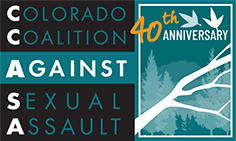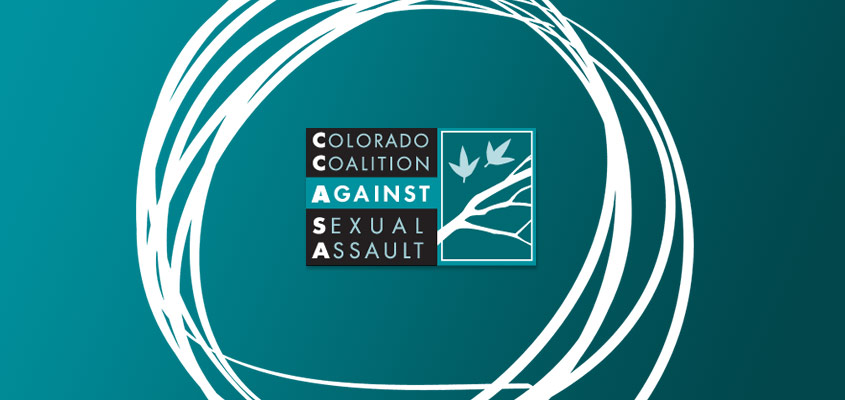 |
| John Akira Harrold, CSU Women & Gender Advocacy Cntr |
Incorporating men as allies against sexual assault is an increasingly popular prevention strategy on college campuses. The idea resides in the belief that men, as a gender, commit the overwhelming majority of sexual assaults (against people of all genders, including their own) and this behavior has a lot to do with masculinity and the way that most men are socialized. If this process is able to be interrupted on both an individual and systemic level, then it may be possible to prevent a good deal of sexual assaults from being perpetrated.
- Meet Men Where They Are: Most straight cis-gendermen are very uncomfortable and averse to talking about these issues. Kind of like if you’re trying to feed a squirrel and making sudden movements. Similarly with college men, you risk having them run away because they might be too afraid of confronting these issues, and then it will be even harder to get them there next time. Starting at a very basic and non-accusatory level can be a great way to get men initially engaged and prepared to have the more difficult conversations around gender privilege and sexual violence.
- Highlight Men’s Self-Interest in the Work: It’s nice to imagine that men would be willing to altruistically be allies in violence prevention. And some are, but being altruistic can easily fall into the old trope of “men as heroes” who save and protect women. One way of avoiding this dynamic is by foregrounding the variety of ways that challenging dominant notions of masculinity is in most men’s self-interest. When men start to realize that we have internalized messages around masculinity, we can start to open up about how that has negatively impacted us. Having a personal investment in the work can range from discussing the benefits of emotional growth outside of the parameters of conventional masculinity (e.g. being stoic, always being tough, and not being able to be vulnerable), to recognizing that men are victims of sexual violence as well (often victimized by other men) and that addressing it is in our best interest. In addition, highlighting the personal benefits of examining masculinity and talking about consent can lead to longer-term involvement with these issues.
- It’s Important to See Other Men Holding Themselves Accountable: As many survivors and advocates in the field of sexual violence prevention know, accountability is of the utmost importance. When doing work around these issues with men it can be very helpful for men to recognize that accountability is an important part of this work and without it we are unable to move forward. When men are open about being wrong, or talking about how they constantly catch themselves making mistakes, other men get the message that it’s ok to hold yourself accountable. Often times it’s easy for men to criticize other men for perpetrating sexism, but it can be difficult to recognize how we perpetuate this system of oppression, as well. Modeling self-accountability keeps the work focused on one’s own behaviors and can help create a solid foundation to be able to do this work effectively.
Hopefully these suggestions are helpful for those who are trying to engage men in prevention initiatives. We hope to expand our programs throughout this year and continue to develop new and better ways to engage men as partners in violence prevention.



Well said! I'm really interested in hearing more about your program. This is, in a lot of ways, work without a strong precedent. It's helpful for me to hear how you engage and think about these issues. I really like the idea of starting low and examining how masculinity negatively affects men, instead of starting off on harassment and sexual violence, to get people on board with examining all gender stereotypes, not just women. I'm hoping that will be an effective way to keep people engaged. I'm looking forward to hearing more!